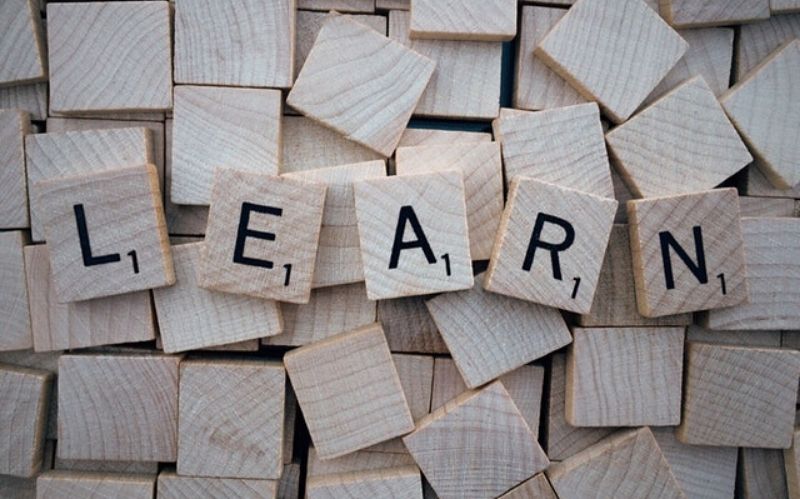No products in the cart.
The Role of Gamification in the Learning Process

We live in a world in which the habitat is changing rapidly. Any changes in one way or another affect the business. Ultimately, they allow you to either realize competitive advantages or miss opportunities that competitors are more likely to use. Business training in recent years has become more and more relevant. One of the trends in business training is its gamification. (Image Credit: Pixabay/Pexels)
The Concept of Gamification
The term is derived from English “gamification” that appeared in the early 2000s and began to be used in business education. In pedagogical practice, the use of game teaching methods appeared long before the concept of gamification. With the advent of the term gamification, the gaming component has gained a holistic look and has been used as a full-fledged tool for implementing business tasks. This method has gained the greatest popularity in marketing and HR.
Gamification of any business process is theoretically possible, but in practice, the need for this is not always justified. The use of the gaming component in business is an additional mechanism of non-material incentives for participants. It is most in-demand in the most monotonous and unmotivated processes for employees. The corporate training process very often falls under these criteria.
Learning Via Gamification
The prerequisites for popularizing the gamification of business education are the low efficiency of classical teaching methods. Perhaps it will sound strange, but the reason for this is the availability of information. The learning process consists of knowledge of skills.
In ancient times, when the classical system of education was formed, access to information was limited. Books corresponded manually and were very expensive. Sometimes the student did not even have access to them and was forced to take notes of the materials provided by the lecturer. Of course, the motivation and involvement of students were at a higher level, and nowadays, it is not an event needed to ask a friend “write my assignment,” as it is possible to search for professional academic assistance.
Now in the 2000s, the term “Google” is commonly used in other words to search for information on google.com, as well as the phrase “write my assignment,” commonly used by business students that feel busy on their job schedule. Often, for this, you don’t even need to print the text of the question, but simply say it. The value of information is drastically reduced.
Receiving superficial information, the modern generation believes that “everyone knows.” However, it does not have a sufficient level of skills. The game form of training is precisely aimed at obtaining the necessary skills.
At the same time, students can spend hours playing their favorite games. Keeping attention, along with motivation, are some of the most difficult tasks of the pedagogical process. In such an environment, gamification reveals the full potential of the student, because:
- The game offers a safe simulation of some process in which the participant may not be afraid to lose and thereby allow him to realize all their skills and talents.
- The game has simple, understandable rules with designated goals. It allows participants to experiment and make adjustments to behavior.
- The game is an alternative to life situations in which the player can escape from reality and satisfy their ambitions, as well as enjoy and emotional relaxation.
Emphasis on Practice
Players are focused on immediate results. They want to receive knowledge that can be immediately applied in real life. Gamers like to feel involved in solving big problems. They are ready to express themselves through work, considering it a very important component of their life. They want to be proud of what they are doing, and for this, they are capable of great achievements.
The representative of generation Y is well aware that he does not work as the chairman of the board of directors of a transnational corporation. Still, as the deputy head of the marketing department in a small company, so he wants to get the tools to solve his tasks.
Demand, as you know, forms the supply. Business education training programs are actively filled with examples from modern life. The percentage of practical tasks is growing, and at the same time, the emphasis is shifting from classic cases to the tasks that companies solve today.
For example, at the City Business School practice center, students share their real problem situations at work or in business, and the School’s community (more than 70,000 graduates and students) helps them find the most optimal solution.
So, the business education system, as expected, is actively adapting to its main consumer. And it is right. Only taking into account the characteristics of the student, you can achieve a better effect from learning. So, we are waiting for further active development of the distance learning format, built on all the principles of game mechanics, and focused on practical results.















1 Comment